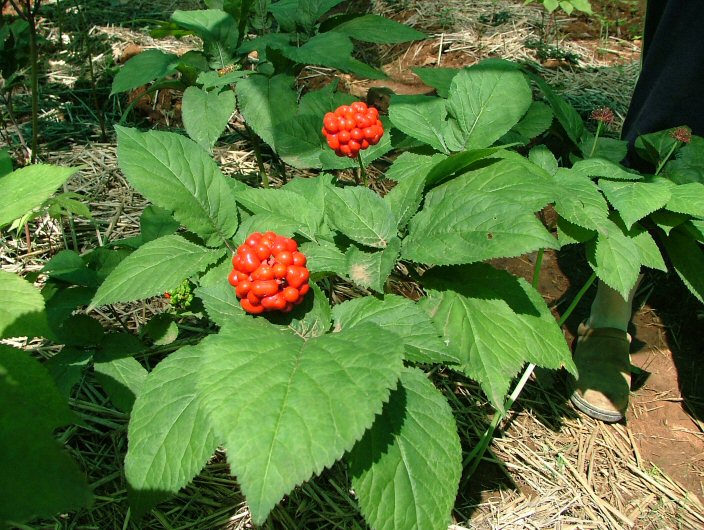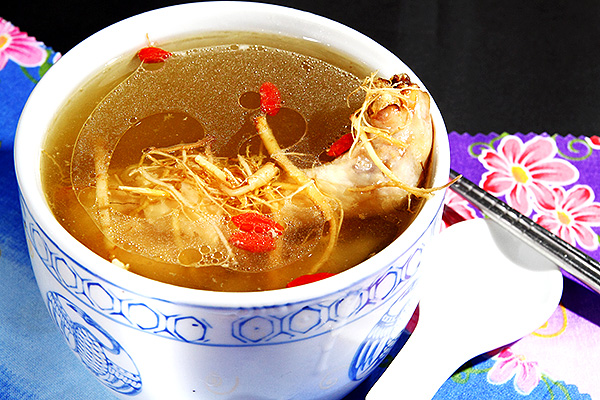Ginseng (Panax Ginseng) is a flagship of the medicinal plants of the world. It was apparently first cultivated in China, where it spread throughout Asia. Currently, there are many types of ginseng, most of which are greatly valued in the Chinese and Korean cultures. The root of this plant is considered one of the best adaptogens, which is why it is used successfully in a variety of diseases.
What is an adaptogen herb? Plants in this category are those that increase capacity and speed of adaptation of organism to unfavorable conditions of life (cold, stress, lack of light, deficient nutrition, etc..). In the context of this article, the effect of ginseng were mainly important in the enhancement of immunity and body resistance to cold and temperature swings.
How to administrate ginseng?
In pharmacies, ginseng is found mostly in the form of capsules containing root powder, pure or blended with other Chinese herbs. These capsules are administered according to the prospectus, the dose for an adult is about one gram of herb per day, while for the child is three halves or splits. Also, there are vials of ginseng extract, usually combined with royal jelly. Take one vial per day. A treatment for increasing the immunity can last between ten and thirty days and can be repeated periodically when we feel weak or we have low immunity.
What ginseng is good for?
As an immune stimulant, this herb is recommended for less robust structures, which have reduced capacity to effort and bad weather. It is also helpful for convalescent persons, the elderly, who face physical or intellectual burnout period.
Precautions for treatment with ginseng:
For postmenopausal women, ginseng can trigger reactions such as hot flashes, temporary recurrence of similar menstrual bleeding and other problems. Ginseng is contraindicated for children under 10 years. Also, ginseng is contraindicated when there is tumor disease in the body, either benign or malignant.

